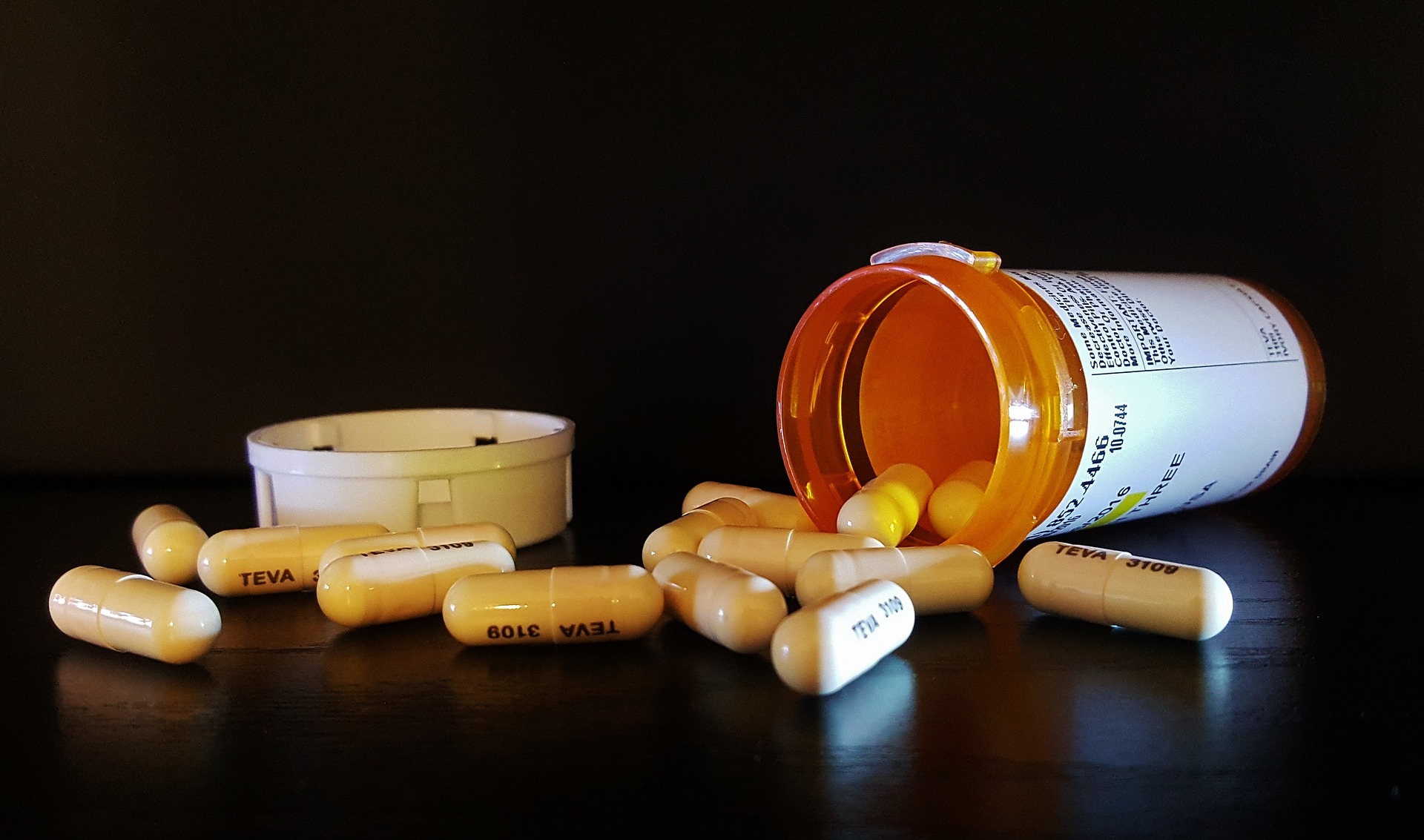The emergence of antibiotic-resistant bacteria continues to be a growing concern because resistance to antibiotics makes it that much more difficult to reliably treat bacterial infections. The White House and the Centers for Disease Control and Prevention (CDC) have released a national action plan to combat the problem. The strategy aims to increase awareness, monitor effective prescriptions of antibiotics, and develop interventions to prevent further antibiotic resistance in humans, animals, and the environment.
According to the CDC, drug-resistant bacteria cause more than two million illnesses and 23,000 deaths each year in the United States and accounts for at least $20 billion in excess direct healthcare costs. The hope is that by improving the use of antibiotics, there will be fewer complications of antibiotic use and fewer resistant infections.
Image Source: Andrew Brookes
The action plan outlines the necessary actions and related federal agencies to create hospital antibiotic stewardship programs, advance the development of rapid diagnostic tests, and accelerate basic and applied research.
Federal funding for combating antibiotic-resistant bacteria in the next fiscal year amounts to more than $1.2 billion and is spread across the National Institutes of Health (NIH), Biomedical Advanced Research and Development Authority, CDC, Food and Drug Administration (FDA), Department of Agriculture, Department of Veteran Affairs (VA), and the Department of Defense. The goal is to advance development of antibacterials and rapid diagnostics, support antibiotic stewardship and monitoring, support evaluation of antibacterial drugs and use in animal agriculture, and drive research innovation in the human health and agricultural sectors.
Through this action plan and budget, the administration hopes to:
- Enhance collaboration between healthcare facilities and state health departments for effective interventions to slow the spread of antibiotic-resistant bacteria.
- Strengthen education programs for health professionals, food-animal producers, and patients to emphasize responsible use of antibiotics in both humans and animals and focus on the linkages between human and animal health communities.
- Keep medically important antibiotics out of food-producing animals.
- Improve the implementation and effectiveness of the VA Antimicrobial Stewardship Program, which promotes proper use of antimicrobials and expands ongoing efforts to prevent the emergence of multidrug-resistant organisms.
- Invest in the development of faster and more accurate diagnostic tests to detect and identify disease-causing and antibiotic-resistant bacteria.
The plan also pushes for the adoption of a “One-Health” approach to integrate human health, veterinary, and ecosystem resistance by linking existing systems that already monitor human and animal pathogens. This approach would increase the number of sites monitoring and reporting antibiotic-resistant bacteria, and federal funding would support collaboration between surveillance, research, and education operations.
In addition, funding would go towards advancing antibiotic development by investing in basic life science research, developing new vaccines, and developing alternatives to antibiotics in agriculture.
With the government behind them, existing facilities like the CDC and USDA will be better equipped and better connected to combat antibiotic-resistant infections. An organized effort such as this action plan could reform the way public health addresses emerging resistant bacteria and appropriate antibiotic use by the public.
Featured Image Source: Brett_Hondow










